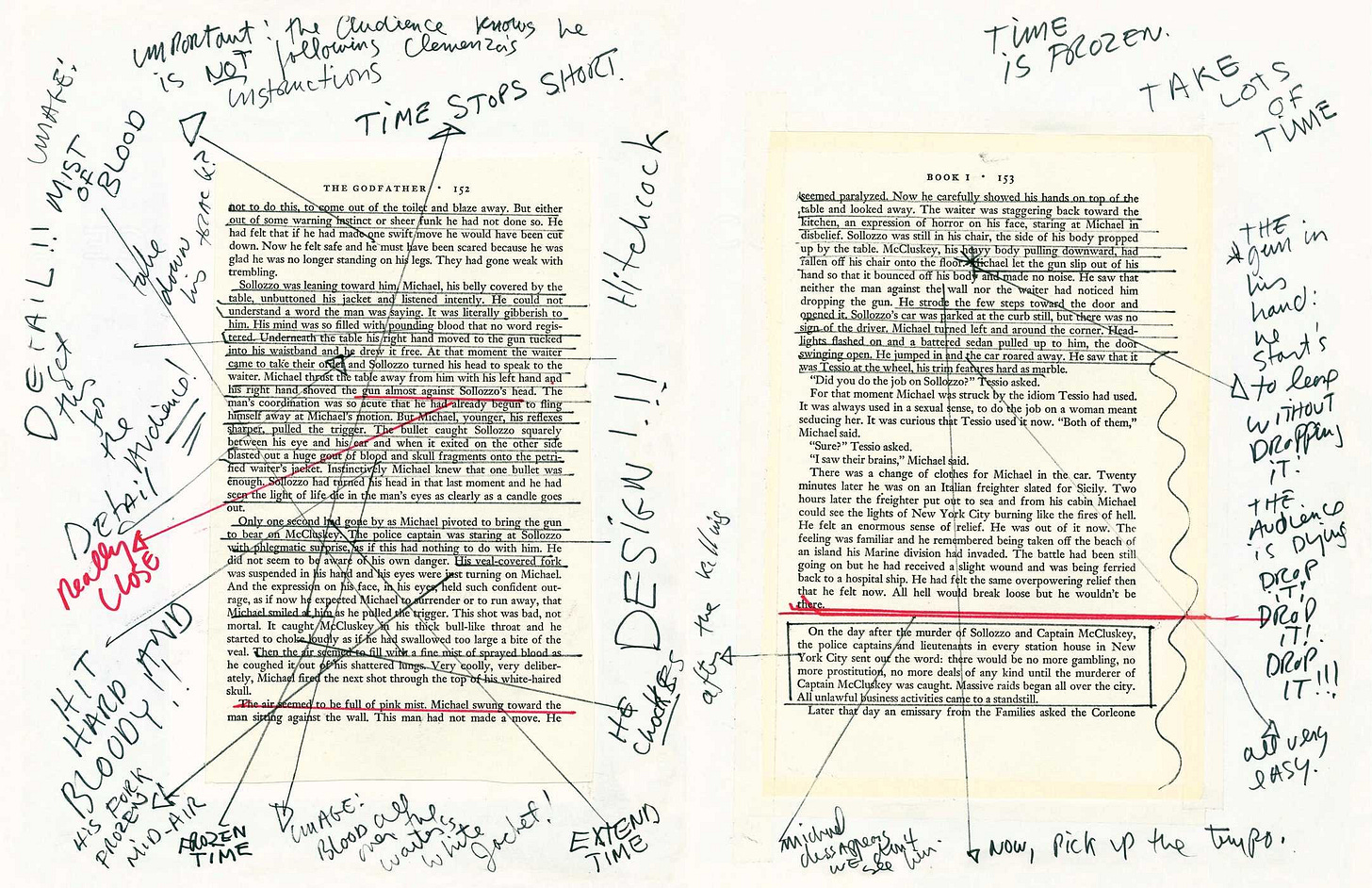Most people treat books like delicate objects. They keep them clean, pristine, and absolutely unmarked. A creased spine feels like a wound. A note in the margin? Unthinkable.
But in 1940, a man named Mortimer Adler said this attitude was nonsense. His short essay entitled How to Mark a Book argued that writing in your books isn’t defacement — it’s a sign of life. The only way to really understand a book is to engage with it, argue with it, and respond to it.
Today, science backs him up. Studies in educational psychology show that annotating a text dramatically improves your retention of its contents. In some cases, readers who engage actively with what they read by marking a book remember up to seven times more than those who don’t.
So why don’t more people do it?
Part of the reason is because it goes against how most of us were raised to treat books. We’re taught to keep them neat, as if the highest good of a book is to survive untouched. But Adler flips this notion on its head by saying books are tools for thinking — and tools are meant to be used.
Here are the main arguments Adler puts forward, and some practical ways to begin marking your books and retaining what you read…
Reminder: you can support our mission and get tons of members-only content for a few dollars per month:
Full-length articles every Wednesday and Saturday
Members-only podcasts and exclusive interviews
The entire archive of great literature, art and philosophy breakdowns
~1% of our readers currently support us with a paid subscription. We are almost entirely reader-supported, so upgrading helps us take our work to the next level 🙏
The Question of Ownership
Adler begins with a simple distinction: owning a book physically is not the same as owning it intellectually.
You can have shelves full of unread books and still not be a serious reader. What matters is not what you own, but what you’ve absorbed. As Adler puts it, "Full ownership comes only when you have made [the book you’re reading] a part of yourself." This process isn’t passive — it only occurs when you focus, reflect, and write down your thoughts.
Adler wasn’t impressed by decorative libraries. He instead cared about the working library, the collection of books that show signs of a mind wrestling with ideas. He believed a book that’s underlined, dog-eared, and full of marginal notes tells a story — and not just the story in the text, but the story of a reader trying to understand.
This is why, in Adler’s view, marking a book doesn’t damage it. Rather, it leaves evidence — evidence that the reader has been there and grappled with the material. Just like a carpenter leaves dents on a well-used bench, so does a reader leaves ink on a well-read book.
The Magic of Marginalia
Reading, Adler says, should never be passive. It should be a conversation. Marking a book is what forces you to slow down, ask questions, and test your understanding of that conversation.
When you underline a sentence, you’re saying: this matters. When you challenge a claim by writing in the margin, you’re sharpening your critical faculties. These small acts of engagement are what transform reading from consumption into reflection.
Modern psychology confirms Adler’s insight. Techniques like elaborative encoding — explaining ideas in your own words — help your brain transfer knowledge into long-term memory. The margins of a text provide the real-world, physical space where you stop consuming ideas and start working with them.
In other words, the margins are where reading becomes thinking.
The process of leaving marginalia (the notes written in the margins) becomes especially valuable when you return to a book later. Your past notes serve as a map of your thinking: a snapshot of your intellectual development at a particular moment in time. You may find yourself agreeing with old insights, refining them, or rejecting them altogether.
Either way, the act of marking the book turns it into a living document — one which will engage with you just as much as you engage with it.
Practical Tips for Marking
The best part of Adler’s essay is that he doesn’t just tell you to mark your books, but he shows you how. His method is simple and flexible.
Use the tools that make the most sense to you, but don’t be timid. Remember that books are meant to be marked in. Here are some strategies he recommends:
Star or asterisk important insights or striking ideas
Circle or box new vocabulary words or concepts you want to revisit
Underline key sentences or phrases that carry the weight of the author’s argument
Number an author’s sequential points or logical steps to follow an argument’s structure
Write brief notes or questions in the margins to clarify or challenge what’s being said
Summarize complex sections in your own words, either in the margins or at the end of chapters
Interestingly, Adler advises using ink instead of pencil to do all of this, as it gives your notes a sense of permanence. Writing in your books is an act of commitment, and there’s no room for half-measures.
If you’re new to the practice, it may feel awkward at first. But remember, the goal isn’t perfection — it’s engagement. You’re not preparing the book for resale, you’re preparing it for your own understanding. Every mark you make is a sign of intellectual effort.
Creating What’s Worth Revisiting
Adler wasn’t dogmatic, and admitted that not every book needs to be marked. A mystery novel or something you read for leisure probably doesn’t deserve your ink.
But for serious reading — such as philosophy, history, and classic literature — marking is essential. It’s what turns a book into a partner in dialogue, and brings you closer to the author’s mind. And over time, it builds a record of your own intellectual development.
When you return to a book years after you first read it, your markings act as a time capsule. You see what stood out to you, what puzzled you, and what mattered most to you at the time. And when you make a second set of markings, the book becomes layered — not just with the author’s meaning, but with your own.
While a clean book might look better on your shelf, a messy one says something far more important. It shows that you didn’t just read it, but that you wrestled with it — and made it truly yours.
Thanks for reading!
Remember, you can support us and get members-only content every week: great literature, art, and philosophy breakdowns.
This Saturday, we turn to the enchanted world of Homer’s Odyssey, and reveal what you can learn from Odysseus’s run-in with a goddess…









I love this! Taking it a step further - I love second-hand books that someone has marked up. I add my own marks, supplementing or sometimes challenging their notes. It's like having an intimate conversation.
NO! NO! NO! Please do not do this. There are people who seem to now advise marking and highlighting books. NEVER do that. It's a form of vandalism. Books are sacred. Books are passed on to future generations. When I pick up a beautiful book at the thrift store only to see it destroyed with scribble, it goes back on the shelf and ultimately gets trashed. Its useless to me and anyone else who might have had a benefit. Also, how many marks can I make in a book before it becomes unintelligible to even me. Do I scratch out old notes that were wrong? How do I then read through that junk? If you want to make notes, buy a notebook, or use an e-book where you can do that without destroying the book. Avoid this temptation as it won't help you and it guarantees that book goes in the trash when you are done.